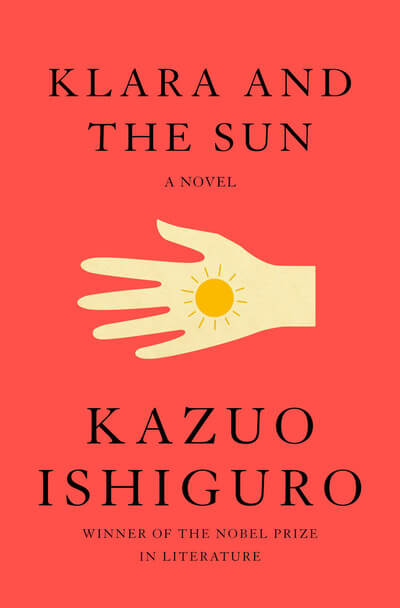Anyone who has read Nobel laureate Kazuo Ishiguro’s masterpieces knows that, in his works, little is as it first appears. Situations are not quite as his unreliable narrators believe. First-person protagonists speak in formal prose that sounds not quite right. And his later works are wonderfully unclassifiable—not quite detective fiction or dystopian sagas but borrowing from these forms while veering into original terrain.
He continues his genre-twisting ways with Klara and the Sun, a return to the dystopian tenor of Never Let Me Go that, like that work, explores whether science could—or should—manipulate the future.
Klara is an AF, an Artificial Friend available for purchase. Like Stevens the butler in The Remains of the Day, she speaks in quirky locutions such as “I was able to bring several speculations together.” She and other AFs are on display in a store, where the prime real estate is the front window. The advantages of that position include access to the Sun, from which AFs derive “nourishment.”
A teenager named Josie, suffering from an unspecified illness, insists that her Mother purchase Klara. What follows is the story of Josie’s home life and Klara’s role in the family’s affairs. Among them are the Mother’s trauma from the death of another daughter, a young man sweet on Josie and, most provocatively, the issue of whether science can correct injustices wrought by illness or one’s station in life.
Ishiguro is an expert at slowly doling out information to build tension. The wonder of this book is that he incorporates many elements, from environmental damage to genetic testing, without the story seeming heavy-handed.
But the predominant theme in Klara and the Sun is loneliness. “Humans, in their wish to escape loneliness,” Klara says, “made maneuvers that were very complex and hard to fathom.” As Ishiguro notes in this brilliant book, each person has their own Sun, a source that gives them strength, and feels enervated when the source leaves them in shadow.




